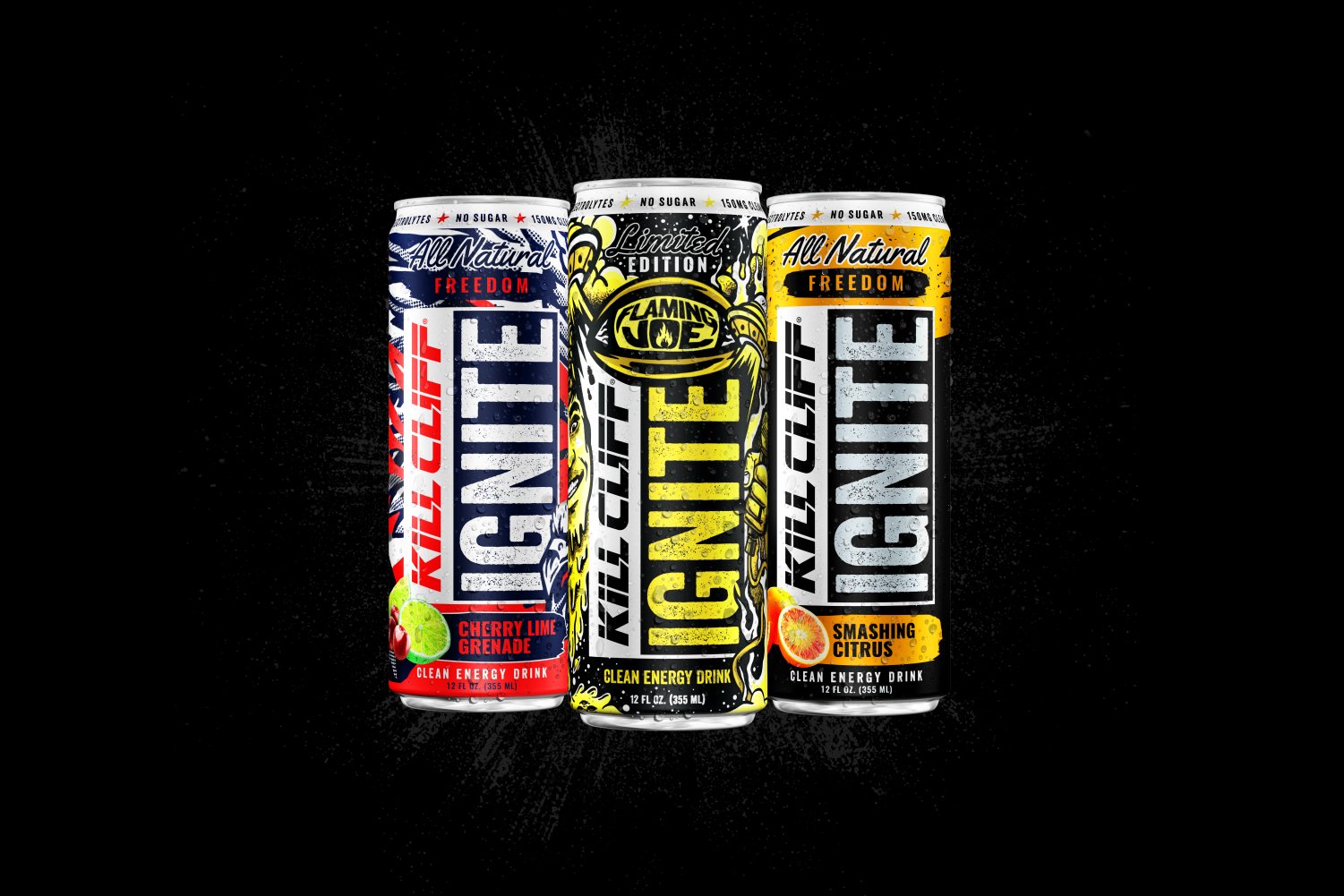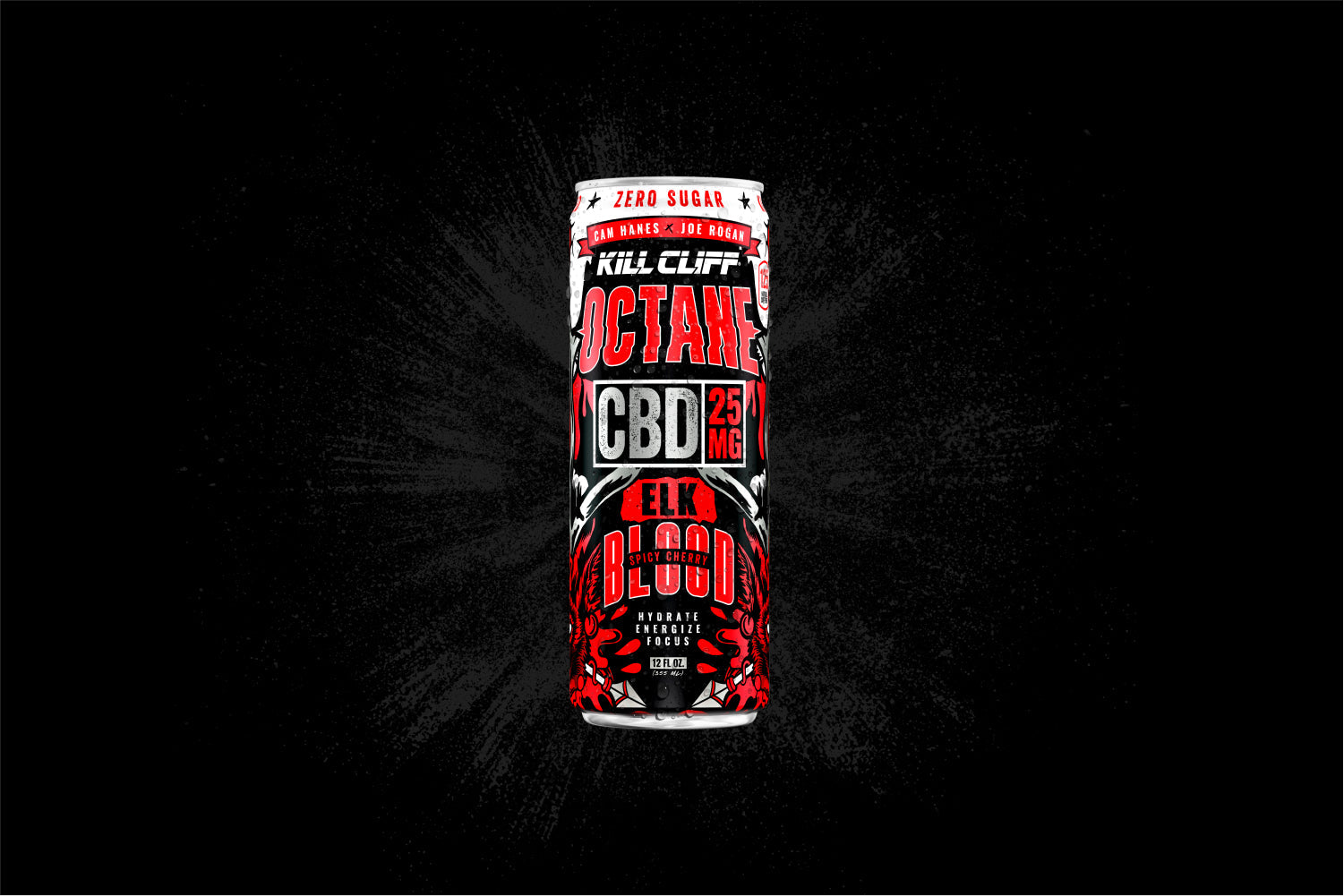By Doctor Stephen Flikke
Repetitive motion/overuse injuries, otherwise known as cumulative trauma disorders, are described as tissue damage that results from repetitive demand over the course of time. The term refers to a vast array of diagnoses but is most common in repetitive motion and high impact activities. As the name indicates, the types of activities that are most likely to cause these types of injuries are those that require the same movement over and over again. Examples of this would be long distance running or swimming, or any activity in which the athlete is required to do the exact same movement in a repetitive motion. In strength training, you are more likely to see these types of injuries in which the routine is not changed or the lifter fails to work the opposing muscles, creating a muscular imbalance.
What is an overuse injury?
Overuse injuries are caused by an accumulation of microtrauma, or a small amount of muscle injury (important for muscle growth and strength), which builds up to macro trauma, which is a large amount of muscle injury that is not important for muscle growth or strength and will actually stop your training due to pain. When a weightlifting injury occurs, this can cause a weakness. There are three sources for a weakness due to an injury—the muscle, the joint and the nerve. The muscle may be damaged, shortened or deconditioned. If the joint separates at all (such as the shoulder), the muscles that cross the joint are not as strong due to the fact that they will not fully function in an unstable joint. If there is any pressure on the nerve, such as a herniated disk, this can decrease the neurological flow to the muscle and cause a weakness. Also, some new research has shown that nerve tension can decrease the muscle strength as well. You need to assess the muscles, joints and nerve supply to the muscles to determine if any of the structures are dysfunctional. If any of the structures are not functioning properly, they need to be fixed, then rehabilitated.
How are tissue and joints specifically affected by an overuse injury?
JOINTS
Joint injuries are either a compression or shearing injury that can cause pain and multiple muscle weakness patterns.
In the compression type of injury, the trauma is directed mostly to the joint itself. This type of injury has little or no tearing of the tissues and swelling, if present, is limited to the joint capsule. The stress of the weight affects mechanoreceptors and nociceptors in the joint structure. This type of injury appears to affect the internal structures of the joint that can exhibit a common finding of multiple muscle weaknesses, especially muscles that cross that joint. Joints that can be affected by this include the ankle, knee, lumbar, thoracic and cervical joints. The exercises that can affect these joints are usually ones with heavy axial loading such as heavy squats, deadlifts, shoulder presses, etc. These heavy loads can compress the joints enough to create an abnormal firing of joint receptors and change the normal tone and strength of the muscles that surround that joint. Repeated traction of these joints can normalize the firing of the joint receptors and reestablish the normal tone and strength of the muscles.
The second type of joint injury can occur from a shearing or tearing action that can injure multiple structures. This the most common type of joint injury and occurs when joints and related structures are strained and twisted, causing injury to muscles, ligaments, skin, and receptors of the joints. Any joint in the body can be affected by a shearing injury by virtually any exercise. The shearing type of joint injury will cause weakness of the muscles that cross the joint. The weakened muscle pattern will cause a strain on ligaments, which will cause residual pain over the ligaments. Ligaments are the structures that cross and stabilize the joint and when stressed abnormally, will cause a weakness in the muscles that cross that joint. There are certain receptors in ligaments that when overloaded will cause a reflex muscle weakness. This is because the muscles will not function properly or with full strength in an unstable joint; this is a protective mechanism to prevent further damage to the joint. Depending on the severity of the injury and the length of time before initiation of treatment, the patient will adapt to their injury and require treatment for muscle incoordination and imbalances. This will cause a secondary reason for pain and weakness in the muscle when doing the exercise, long after the initial injury. Limitation of range of motion can indicate an imbalance of the prime movers and synergistics and antagonists. An example of this would be doing the squat improperly and inducing an injury to the knee. This will cause an abnormal stress on the knee ligaments and cause a weakness of the muscles that cross that joint such as the quadriceps and hamstrings. If the injury to the knee is not treated and rehabilitated immediately and properly, this can cause an imbalance between the quadriceps and hamstrings and create more pain and weakness. If the imbalance is severe enough or is allowed to exist for a long period of time, this can also cause stress in other joints and weakness in other muscles unrelated to the original injury.
MUSCLES AND LIGAMENTS
Strength training injuries in the soft tissue can come from a variety of sources. Examples of this may be poor lifting technique, lifting beyond your capabilities or training too often without proper rest or recuperation. All of these sources can lead to microtrauma, or small injury, that can get worse over time. Because you don't recognize that the injury is there, you reinjure yourself frequently. This repeated microtrauma can eventually have a profound effect on the specific action of the joint and the surrounding tissues. The effects of the microtrauma include the micro-tearing of the muscle, the sheath around the muscle and the adjacent connective tissue, as well as stress to the tendon and its bony attachments. The micro-tearing of the muscle tissue leads to microscopic bleeding, all of which affects the entire area around the injury, contributing to what is commonly known as inflammation.
Most people assume that inflammation can be easy to detect, like the swelling around a badly sprained ankle. This is not always the case, however. Microtrauma causes a correspondingly low level of inflammation that cannot be seen or palpated.
The body responds to this myofascitis (inflammation of the muscle and fascia) by forming fibrous adhesions, or scar tissue, in the muscle between the sheaths of adjacent muscle groups and between the fascia and the muscle sheaths. These fibrous adhesions limit the ease and range of motion of muscles and joints and can decrease the muscles lengthening and shortening capabilities. Once the normal biomechanics of the joint is altered, this can lead to further inflammation and the pattern becomes a vicious cycle of long-term wear and tear.
This fibrous adhesion pattern can be seen in people who do certain exercises such as bench press and complain of the same pain in the exact same spot. This doesn't happen by chance. The fibrous adhesion formed in the shoulder muscle is preventing proper motion and pulling on the various soft tissue structures like muscle, fascia, tendon, and bursa when trying to perform the bench press. An option would be to alternate the barbell bench press with the dumbbell bench press. You are still able to target the same muscles but at the same time, you are allowing other muscle groups to fire and create stability.
How to manage and strengthen overuse injuries
1) Muscles work best when they can move through their full Range of Motion (ROM). If you have a joint that is limited, it will impact how the muscles around it work. This may not be the case with your injury, but without a known cause, it’s best to cover all of your bases. If you do not have a full range of motion in a muscle, you may want to focus on the antagonist muscle and decrease the weight that you are using or seek help from a manual therapist or ART practitioner who specializes in restoration of ROM in the muscle.
2) Each muscle group has a beginning and an end, or origin and insertion. In overuse injuries, one end is usually symptomatic and the other is not. While working to loosen the symptomatic area, it is crucial to remember to work on both ends to alleviate built up tension throughout the entire muscle. The best way to do this is to make sure you run through the full range of motion. When you are doing a squat, if you do not complete the squat, you are only working the superior portion of the muscle group. By bringing the squat down to the full range, you are also using the lower hamstring muscles, for example.
3) Muscle groups work in pairs that work against each other in opposite directions—as one group contracts, the other relaxes. If one group of muscles becomes tight or fatigued, it will stop contracting fully. This means that the opposing group of muscles will stop being stretched when that happens and stiffen up and restrict motion as a result. Therefore, you need to work on the antagonist muscle groups. If your quads become overdeveloped, for example, your hamstrings will become weak and fatigued, causing muscular imbalance and leaving you prone to injury. Your training program should always include antagonist muscle groups. Balance quad-dominant exercises with posterior chain work and low back-dominant exercises with abdominal work. As far as volume goes, antagonists should be trained at the same level as the opposing group.
Be aware of minor injuries building up over time. For home care, make sure you ice and use a foam roller. For more serious injuries, make sure you go to someone who specializes in overuse injuries such as a sports chiropractor or a manual therapist.
If you like to run or bike, realize that you also need to do strength training and if you lift, realize that your core strengthening is key to preventing injury. When you are lifting or training, especially in the off-season, make sure you mix things up. Don’t just do what you feel you are good at.









